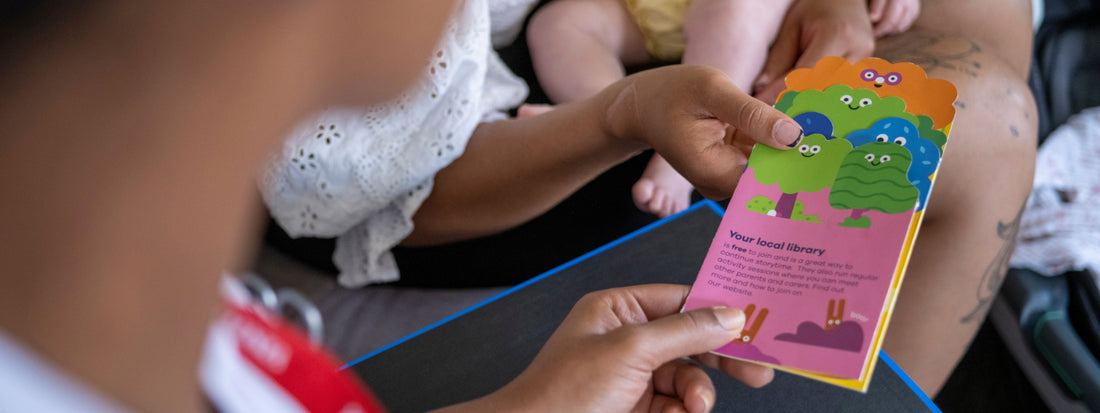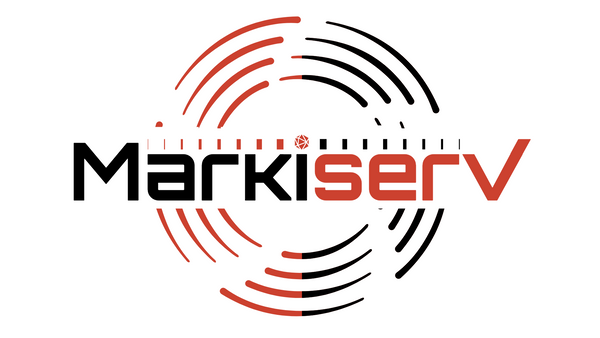
Mastering Brochure Design: Best Practices and Tips for Stunning Results
Share
Brochures remain one of the most powerful tools in a marketer’s arsenal. Despite the rise of digital marketing, these printed materials offer a tangible and versatile way to communicate a message, promote products, and engage audiences. Whether you’re targeting B2B clients or consumers, a well-designed brochure can make a significant impact.
This article delves deep into the principles of effective brochure design, exploring why brochures remain relevant, the key elements of good design, actionable best practices, and a step-by-step guide to crafting impactful brochures. We’ll also highlight how subscription-based graphic design services can benefit organizations needing regular marketing materials.
Why Brochures Are Still Relevant in a Digital Age
In an era dominated by websites and social media, the enduring relevance of brochures might seem surprising. However, they offer unique advantages that digital tools can’t replicate:
- Tangibility and Personal Connection
A physical brochure engages multiple senses. The act of holding, flipping through, and reading a brochure creates a personal connection that digital media struggles to replicate. High-quality paper stock and finishes, such as matte, gloss, or embossing, add a tactile dimension that enhances the perceived value of your brand.
- Information at a Glance
Brochures distill critical information into an easy-to-read format. Unlike scrolling through endless webpages, a brochure offers curated content with clear calls to action (CTAs), allowing readers to quickly understand your message.
- Longevity and Accessibility
A brochure doesn’t require an internet connection or battery power. It can be revisited over time, pinned to a bulletin board, or kept on a desk. This longevity ensures your message stays in front of potential clients longer than a fleeting social media ad.
- Effective for Targeted Marketing
Distributing brochures at events, conferences, or trade shows ensures they reach a specific, engaged audience. They’re also perfect for direct mail campaigns, leaving a lasting impression in a customer’s hands.
Key Elements of a Well-Designed Brochure
Creating a brochure is more than arranging text and images. It’s about crafting a cohesive story that aligns with your brand’s identity and resonates with your audience.
- Define Your Purpose and Audience
Start by asking:
- What is the goal of this brochure?
- Who is the target audience?
For example, a brochure for a luxury resort should evoke feelings of relaxation and indulgence, while one for a tech company might emphasize innovation and reliability. Tailoring your design to your audience’s preferences ensures maximum impact.
- Select an Appropriate Format
Choosing the right brochure format is crucial. Common options include:
- Tri-Fold: Compact and easy to carry, it’s ideal for presenting concise information.
- Bi-Fold: With larger panels, this format works well for showcasing visuals and detailed content.
-
Multi-Page Booklet: Perfect for product catalogs or portfolios, offering ample space for text and imagery.
Consider the amount of information you need to include and the purpose of the brochure when selecting a format.
- Incorporate a Strong Visual Hierarchy
Visual hierarchy directs the reader’s attention. Use elements like:
- Bold headlines to introduce sections.
- Subheadings to break content into digestible chunks.
- Focal points, such as images or graphics, to highlight key messages.
- High-Quality Imagery and Graphics
Avoid stock photos that look generic or low resolution. Invest in professional photography or custom illustrations that align with your brand. Infographics are particularly effective for simplifying complex data, while icons can add visual appeal without overwhelming the design.
- Branding Consistency
Your brochure should reflect your brand’s identity, including logos, color schemes, fonts, and tone of voice. Consistency across all marketing materials strengthens brand recognition and trust.
Best Practices for Brochure Design
- Focus on Simplicity and Clarity
Overloading a brochure with text or visuals can overwhelm readers. Instead:
- Use concise language to deliver your message effectively.
- Limit each panel or page to one main idea.
- Ensure sufficient spacing between elements to prevent clutter.
- Leverage White Space
White space is not wasted space; it’s a powerful design tool. It helps separate content, improves readability, and gives your design a modern, professional look.
- Design with Your Reader in Mind
Think about how your audience will interact with the brochure. For example, a travel brochure might need maps and contact details prominently displayed, while a product brochure may require clear pricing and feature breakdowns.
- Balance Creativity and Functionality
While creative designs can grab attention, they shouldn’t compromise functionality. Ensure CTAs are easy to find, contact information is clear, and the overall layout flows logically.
- Optimize for Printing
Designing for print requires attention to technical details like:
- Bleed areas to ensure designs extend to the edge of the paper after trimming.
- CMYK color profiles for accurate color reproduction.
- High-resolution images (300 DPI or higher) to prevent pixelation.
Step-by-Step Guide to Designing a Brochure
Step 1: Plan Your Content
Outline the key points you want to cover. Group related information together and decide the order in which it will appear.
Step 2: Choose Design Software
Adobe InDesign, Affinity Publisher, and Canva are popular choices for brochure design. These tools offer templates and customization options to streamline the process.
Step 3: Create a Draft Layout
Start with a basic layout. Place text, images, and placeholders for graphics to visualize the final product.
Step 4: Add Visual Elements
Incorporate photos, illustrations, and graphics that enhance the message. Use visual hierarchy to guide readers through the content naturally.
Step 5: Finalize the Design
Review the layout for balance and readability. Adjust colors, fonts, and spacing to ensure a polished appearance.
Step 6: Proofread Thoroughly
A single typo can diminish professionalism. Double-check all text and ensure contact information and CTAs are accurate.
Step 7: Print and Distribute
Select a high-quality printer to bring your design to life. Opt for finishes like UV coating or embossing to add a premium touch.
Subscription-Based Graphic Design Services: A Game-Changer for Brochures
Subscription-based services like Markiserv offer manufacturing companies and other industries a cost-effective way to maintain professional design standards. These services provide:
- Consistent Quality: Reliable, high-quality designs tailored to your needs.
- Cost Savings: Avoid hiring full-time designers and pay only for what you use.
- Quick Turnaround: Receive designs promptly to meet tight deadlines.
By leveraging these services, businesses can focus on core operations while ensuring their marketing materials remain impactful.
Conclusion
Designing a brochure is both an art and a science. By combining strong visuals, concise messaging, and a clear purpose, you can create a brochure that captivates readers and drives results. Whether working in-house or partnering with a subscription-based design service, investing in professional brochure design ensures your brand stands out in a competitive market.
Start designing your next brochure today, and turn this timeless medium into a powerful marketing tool.
Further Learning:
Here are several helpful and reliable links for further learning about brochure design and graphic design best practices:
-
CMYK vs. RGB: What’s the Difference? - Adobe’s guide explains color profiles and their importance in print design.
-
InDesign Tutorials for Beginners - Adobe InDesign’s official tutorial hub offers step-by-step guides for creating professional brochures.
-
How to Choose the Right Paper for Your Brochure - PaperSpecs dives into the importance of selecting the right paper stock and finish for printed materials.
